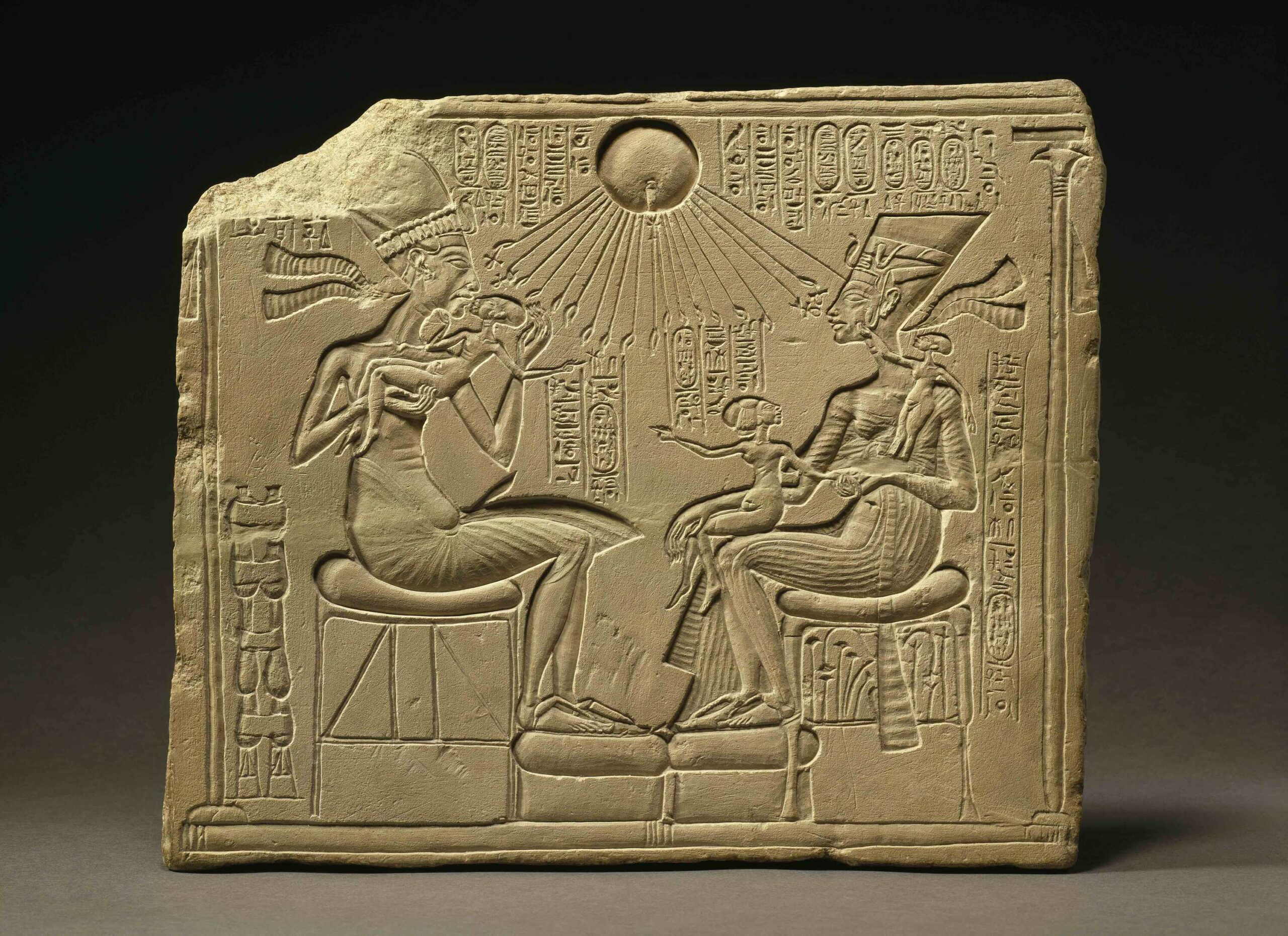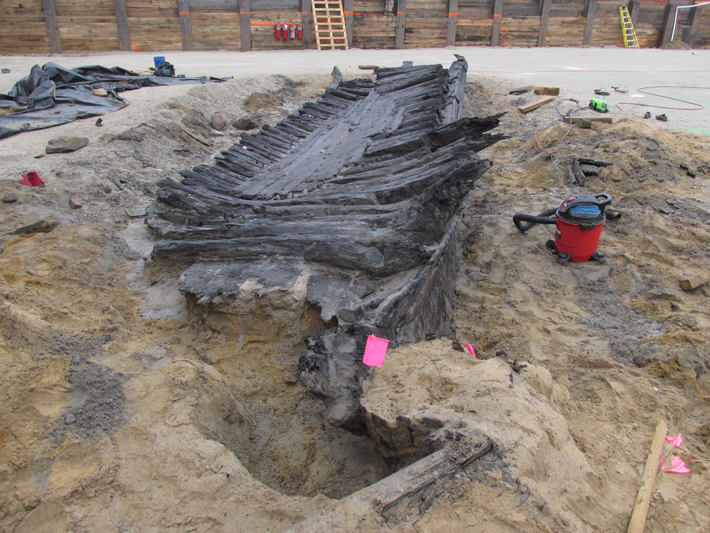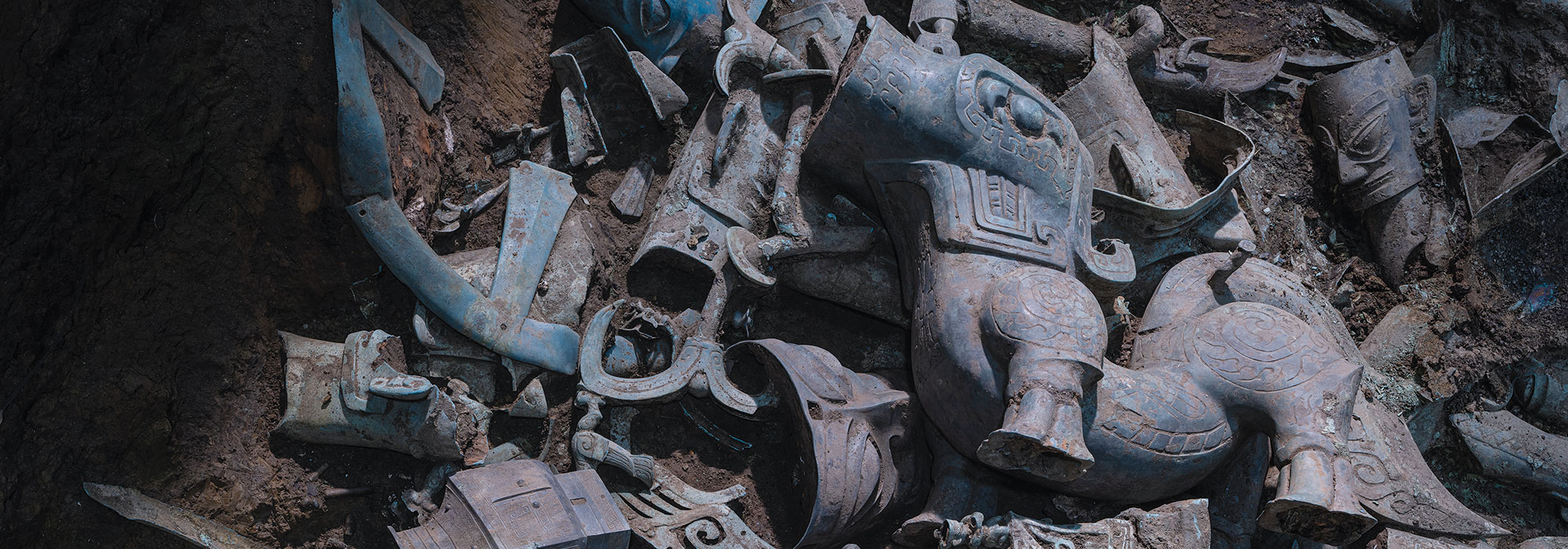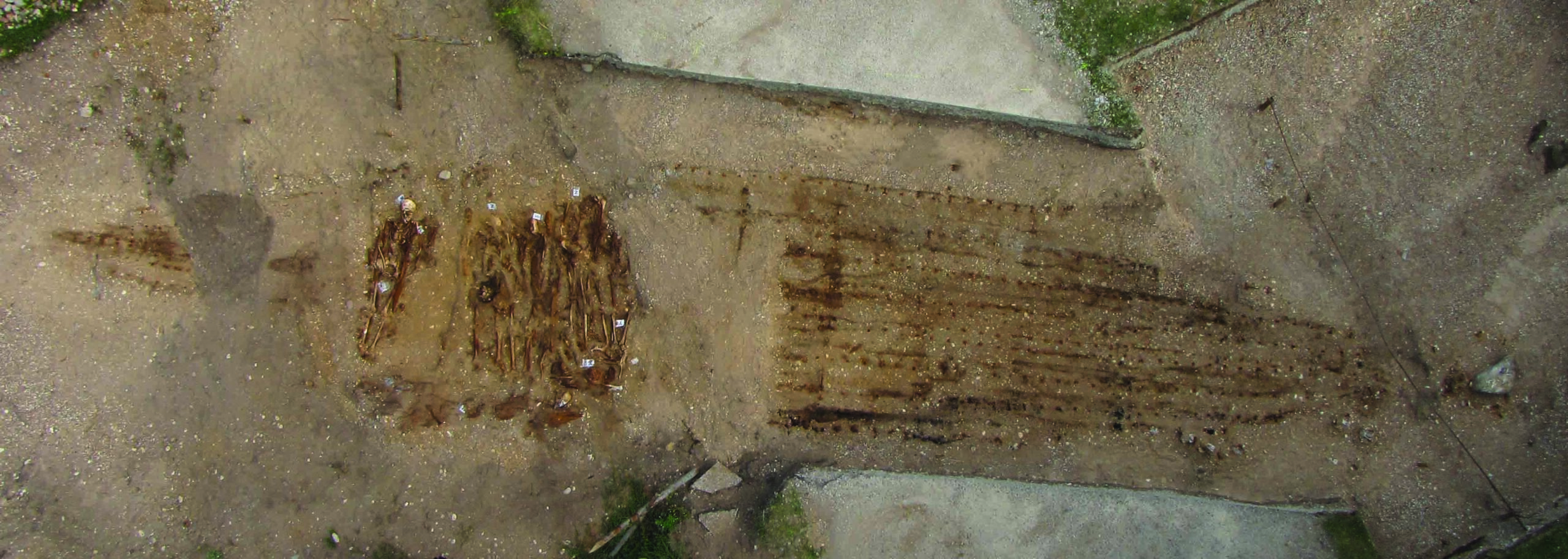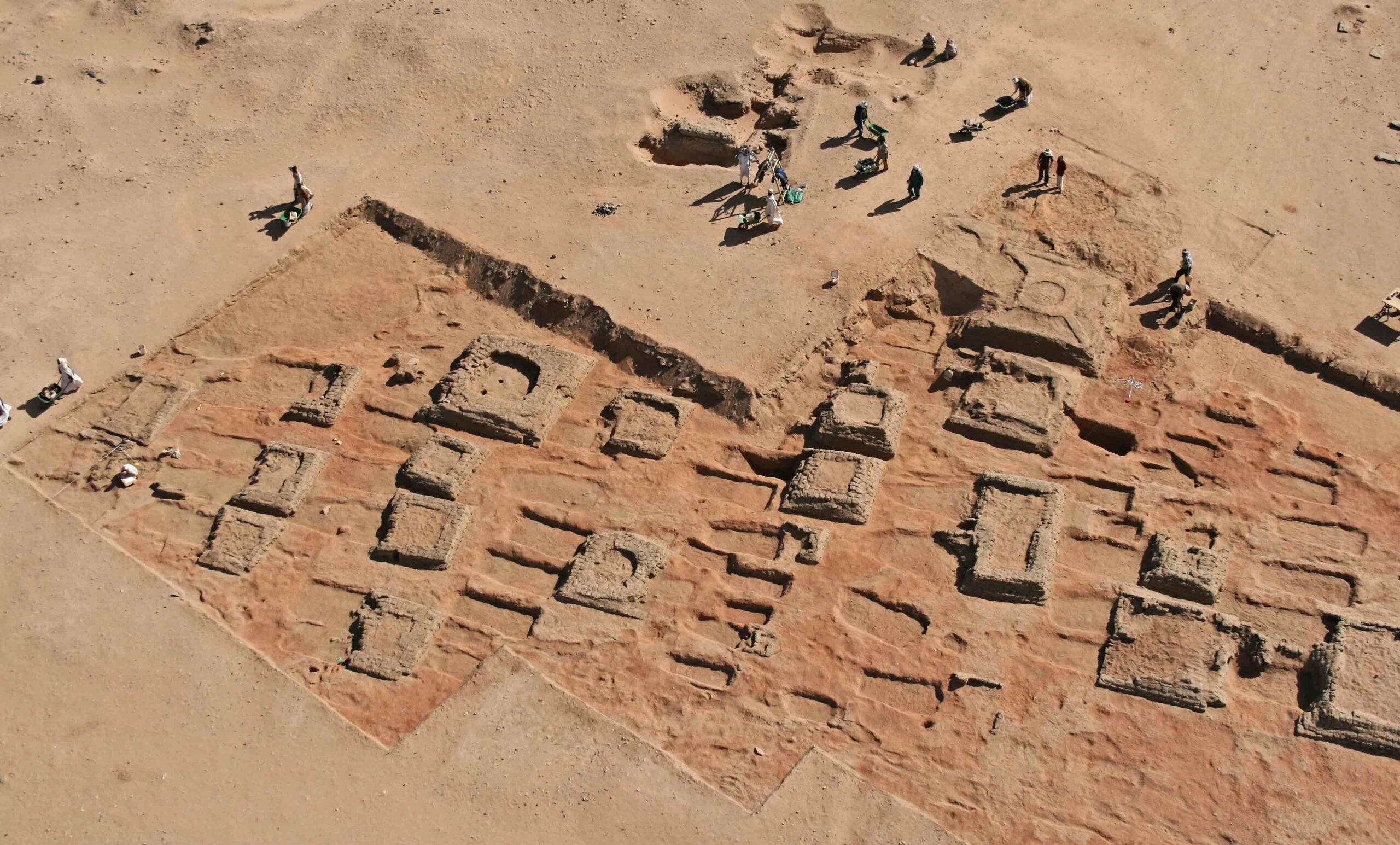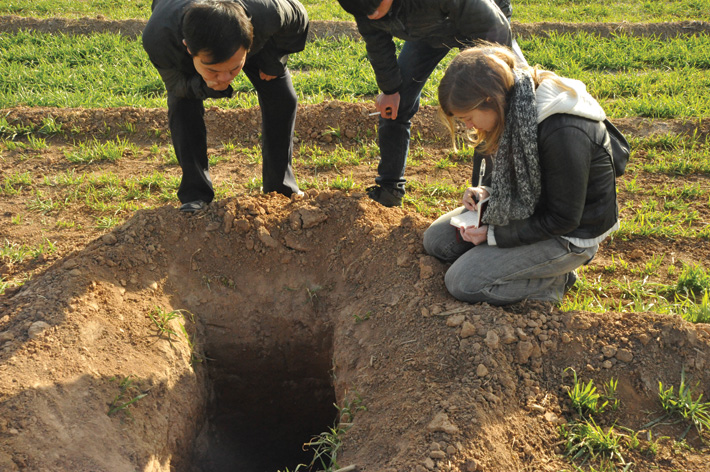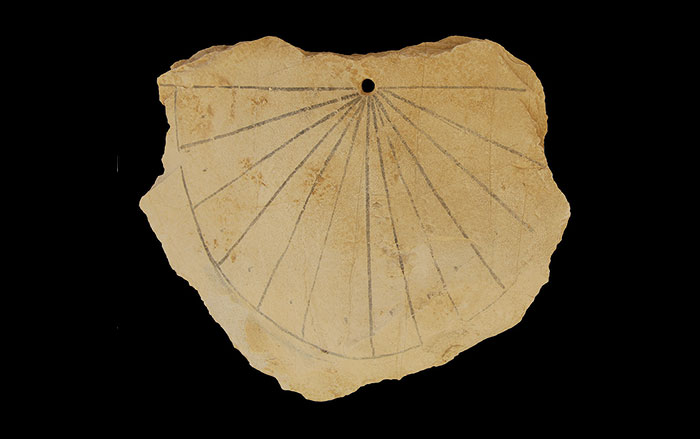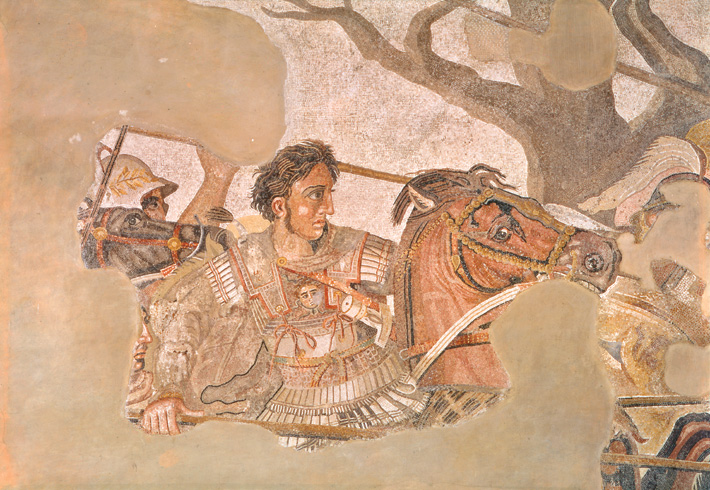
When St. John Chrysostom visited Alexandria in A.D. 400, he asked to see Alexander’s burial place, adding, “His tomb even his own people know not.” It is a question that continues to be asked now, 1,613 years later. Alexander died in the Mesopotamian capital of Babylon in 323 B.C., perhaps from poisoning, malaria, typhoid, West Nile fever, or grief over the death of his best friend, Hephaestion. For two years, Alexander’s mummified remains, housed in a golden sarcophagus, lay in state, a pawn in the game of royal succession. Finally, it was decided that Alexander would be buried in Greece at Aegae, the first capital of the Macedonian kings. But according to ancient sources, his hearse was hijacked near Damascus and the corpse taken to Egypt, first to Memphis, and, some time between 298 and 283 B.C., to Alexandria, the city he had founded and named after himself.
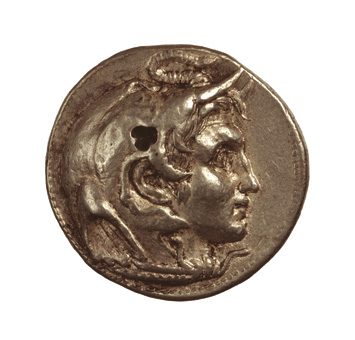
There, Alexander was interred in at least two tombs in different locations, the more notable of which ancient authors, such as Strabo, Plutarch, and Pausanias, identify as a mausoleum called the Soma, meaning “body” in ancient Greek. The Soma was repeatedly robbed—the golden sarcophagus was melted down and replaced with one made of glass or crystal. Even Cleopatra took gold from the tomb to pay for her war against Octavian (soon to be the emperor Augustus). There were subsequent visits to the tomb by numerous Roman emperors and then, beginning in A.D. 360, a series of events that included warfare, riots, an earthquake, and a tsunami, threatened—or perhaps destroyed—the tomb by the time of Chrysostom’s visit. From that point on, Alexander’s tomb can be considered lost. And despite centuries of relentless searching by archaeologists, authors, and amateurs, it remains so.



